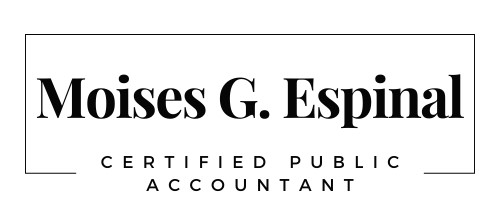2024 Federal Income Tax Brackets and Rates
In 2024, the income limits for all tax brackets and all filers will be adjusted for inflation and will be as follows (Table 1). The federal income tax has seven tax rates in 2024: 10 percent, 12 percent, 22 percent, 24 percent, 32 percent, 35 percent, and 37 percent. The top marginal income tax rate of 37 percent will hit taxpayers with taxable income above $609,350 for single filers and above $731,200 for married couples filing jointly.”
Table 1. 2024 Federal Income Tax Brackets and Rates for Single Filers, Married Couples Filing Jointly, and Heads of Households
| Tax Rate | For Single Filers | For Married Individuals Filing Joint Returns | For Heads of Households |
| 10% | $0 to $11,600 | $0 to $23,200 | $0 to $16,550 |
| 12% | $11,600 to $47,150 | $23,200 to $94,300 | $16,550 to $63,100 |
| 22% | $47,150 to $100,525 | $94,300 to $201,050 | $63,100 to $100,500 |
| 24% | $100,525 to $191,950 | $201,050 to $383,900 | $100,500 to $191,950 |
| 32% | $191,350 to $243,725 | $383,900 to $487,450 | $191,950 to $243,700 |
| 35% | $243,725 to $609,350 | $487,450 to $731,200 | $243,700 to $609,350 |
| 37% | $609,350 + | $731,200 + | $609,350 or more |
The standard deduction and Personal Exemption
The standard deduction will increase by $750 for single filers and by $1,500 for joint filers (Table 2). Seniors over age 65 may claim an additional standard deduction of $1,950 for single filers and $1,550 for joint filers.
The personal exemption for 2024 remains at $0 (eliminating the personal exemption was part of the Tax Cuts and Jobs Act of 2017 (TCJA).
Table 2. 2024 Standard Deduction
| Filing Status | Deduction Amount |
| Single | $14,600 |
| Married Filing Jointly | $29,200 |
| Head of Household | $21,900 |
| Additional Amount for Married Seniors | $1,550 |
| Additional Amount for Unmarried Seniors | $1,950 |
Source: Internal Revenue Service, “Revenue Procedure 2023-34.”
Alternative Minimum Tax
The alternative minimum tax (AMT) was created in the 1960s to prevent high-income taxpayers from avoiding the individual income tax. This parallel income tax system requires high-income taxpayers to calculate their tax bill twice: once under the ordinary income tax system and again under the AMT. The taxpayer then needs to pay the higher of the two.
The AMT uses an alternative definition of taxable income called alternative minimum taxable income (AMTI). To prevent low- and middle-income taxpayers from being subject to the AMT, taxpayers are allowed to exempt a significant amount of their income from AMTI. However, the exemption phases out for high-income taxpayers. The AMT is levied at two rates: 26 percent and 28 percent.
The AMT exemption amount for 2024 is $85,700 for singles and $133,300 for married couples filing jointly (Table 3)
| Filing Status | Exemption Amount |
| Unmarried Individuals | $85,700 |
| Married Filing Jointly | $133,300 |
Source: Internal Revenue Service, “Revenue Procedure 2023-34.”
Table 3. 2024 Alternative Minimum Tax (AMT) Exemptions
In 2024, the 28 percent AMT rate applies to excess AMTI of $232,600 for all taxpayers ($116,300 for married couples filing separate returns).
AMT exemptions phase out at 25 cents per dollar earned once AMTI reaches $609,350 for single filers and $1,218,700 for married taxpayers filing jointly (Table 4).
Table 4. 2024 Alternative Minimum Tax (AMT) Exemption Phaseout Thresholds
| Filing Status | Exemption Amount |
| Unmarried Individuals | $609,350 |
| Married Filing Jointly | $1,218,700 |
Source: Internal Revenue Service, “Revenue Procedure 2023-34.

